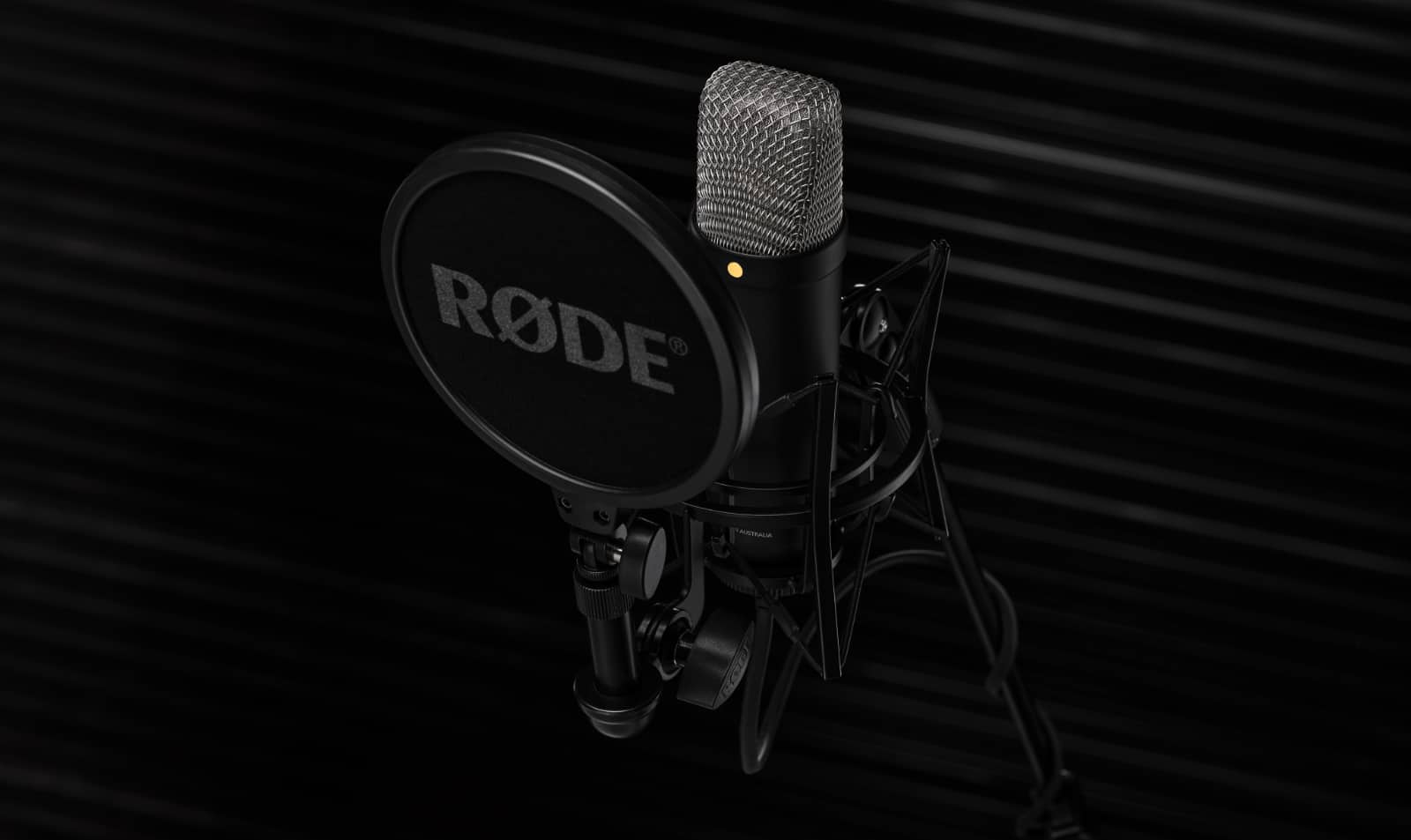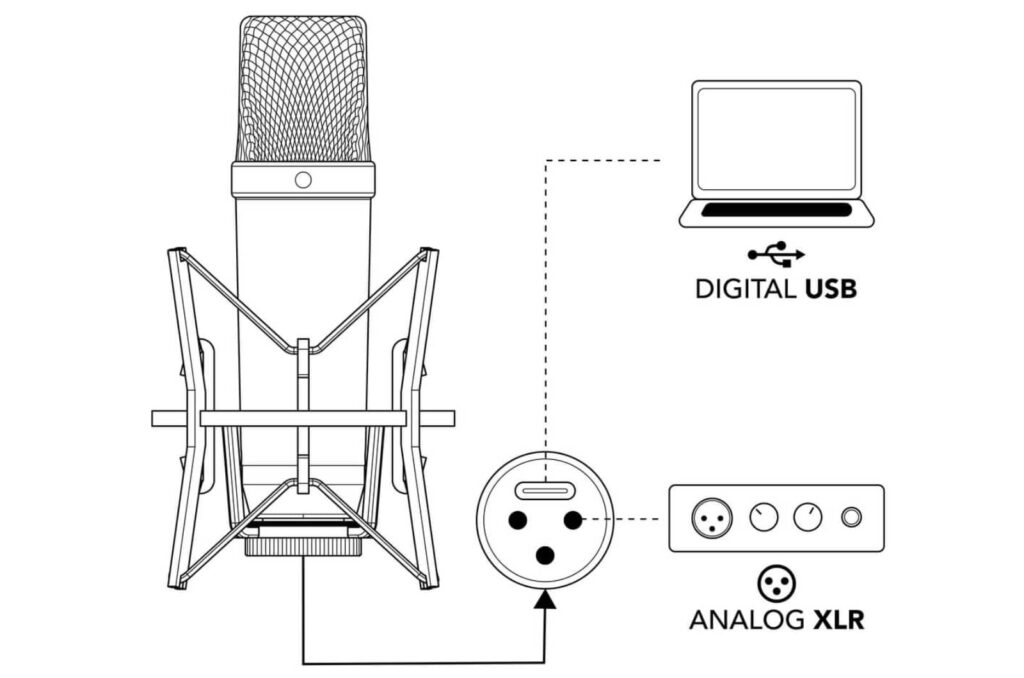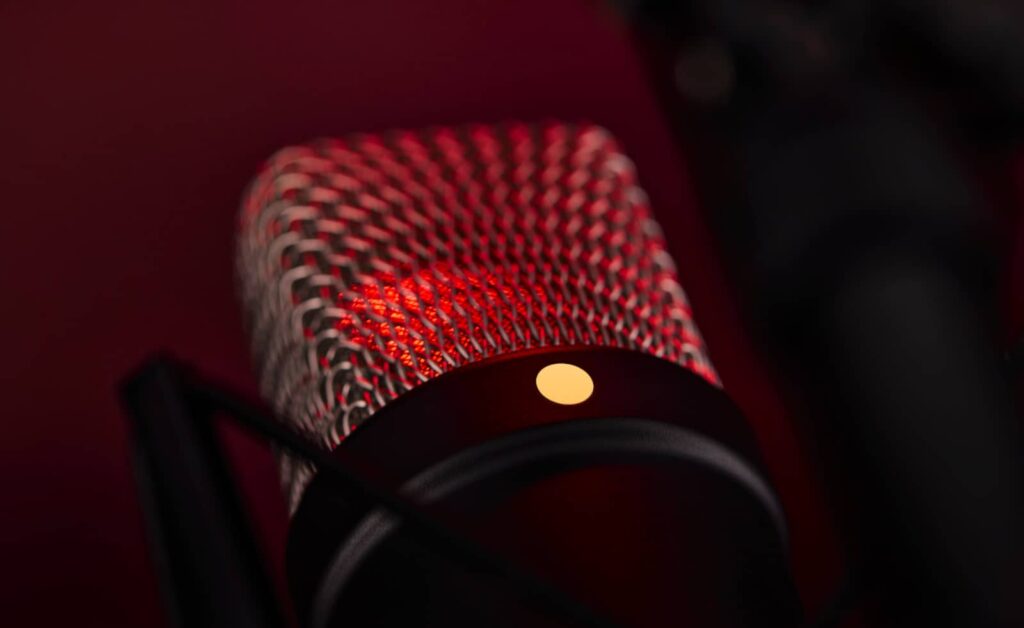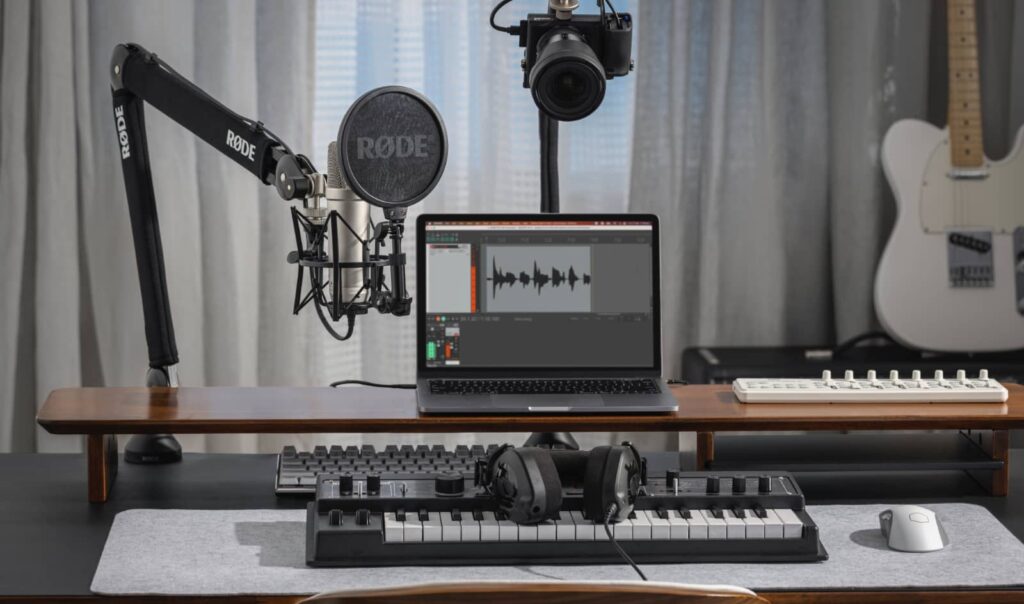One of the microphones that launched Aussie Rode into the music world is entering its fifth-generation, and could bridge worlds for digital audio people.
The world of USB Type C makes it easy to connect devices to each other, but things are still a little disconnected in other spaces. Take digital audio, where there are USB connections and audio connections, and depending on what you use, you may need to rely on a bunch of things.
A digital USB cable will plug right into your computer from a sound device, but a microphone or guitar might need a sound card that takes those extra connections.
High-end recording microphones typically rely on the three-prong XLR standard, the same type of connection used on stage and in proper recording studios, making it just that little bit more difficult to plug into your computer. You need something extra, and unlike USB, it won’t just plug in.
But Rode could well be changing that, and bridging the high-end audio divide with its latest gadget.
It’s coming in the fifth-generation of its NT1 studio condenser microphone, one of the mics that catapulted Rode onto the international scene in the early 90s and one of the world’s most popular microphones.
The latest variation includes a 1 inch diaphragm on the inside and supports both XLR and USB-C connections in the one port, something that is patent-pending for Rode, able to plug the mic into either a standard XLR microphone cable or a computer over a Type C cable.
That connection means there’s an on-board digital signal processor and support for 32-bit output at 192kHz, throwing in not just more resolution but the ability to pick up on all the breadth of possibilities that high-resolution audio normally caters for.
“The NT1 is not only our flagship microphone, it’s an icon for today’s creative generation,” said Damien Wilson, CEO of Rode.
“With this new generation, we wanted to preserve all of these qualities while incorporating innovations that have never been seen before in a microphone like this,” he said.
“The NT1 5th Generation is unlike any studio mic out there, but it hasn’t lost its charm and is sure to continue inspiring creators for decades to come.”
The combination of connectivity options may well be a game changer, but so too could be the design and circuitry, which boasts a low 4dBA of noise, making it one of the world’s quietest studio microphones. Rode also says the 32-bit capability of the microphone means it can capture the full dynamic range and won’t clip, allowing you to tweak the volume after recording.
“Since the beginning of audio recording, engineers have relied on the gain knob to capture clean audio – it’s always been the most important process in the recording workflow,” said Wilson.
“The NT1 5th Generation changes that completely,” he said. “When recording in 32-bit float, users can literally plug their microphone into their computer and start recording instantly without any risk of their audio being ruined by clipping or distortion.”
Locally, Rode hasn’t provided an Australian price for the NT1 5th gen, but its US $249 price offers some glimpse into what you can expect the local tag to be. After a little bit of GST, you can probably expect Australian sellers of the Rode NT1 fifth-gen to sell it for a little over $400 locally.










